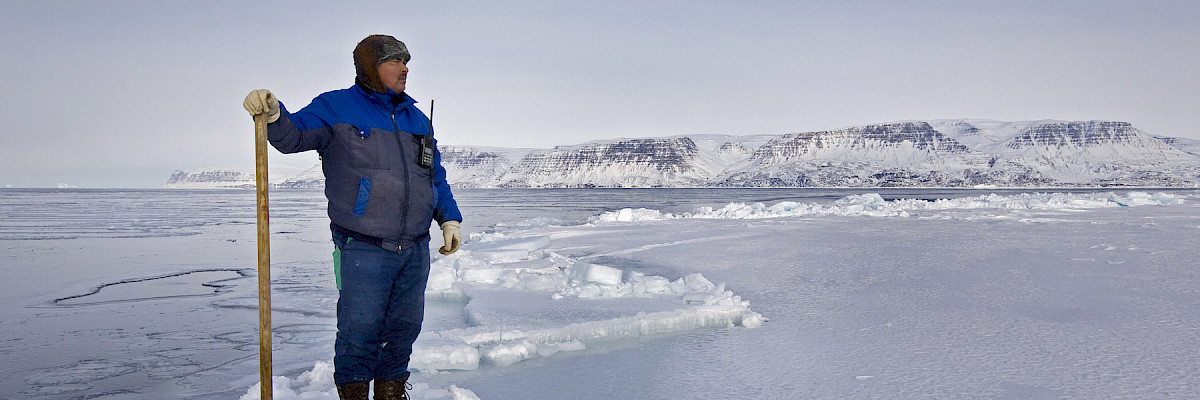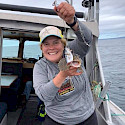
Other Effective Area-based Conservation Measures (OECM) in the Arctic Marine Environment
Identifying and understanding the application of OECMs in the Arctic.
CAFF and PAME are leading an initiative to provide an overview of the current range and understanding of international and national criteria used for identification of other effective area-based conservation measures (OECMs) in the Arctic. This will also facilitate an exchange of information among the Arctic Council members on the range of information and application of OECMs in an Arctic context.
An OECM is: A geographically defined area other than a Protected Area, which is governed and managed in ways that achieve positive and sustained long-term outcomes for the in-situ conservation of biodiversity, with associated ecosystem functions and services and where applicable, cultural, spiritual, socio–economic, and other locally relevant values (CBD, 2018).
OECMs are under a range of governance and management regimes and implemented by a diverse set of actors, including by Indigenous Peoples, communities, the private sector and government agencies.
The role of Indigenous sustainable management practices, including Indigenous Protected and Conserved Areas (IPCAs), and other Indigenous stewardship measures, and their contribution to effective marine stewardship will be explored in the Arctic context through this project, and could be expanded upon in future work by the Arctic Council.
Objectives:
- Provide a general description of how OECMs have been or are being applied in the Arctic, and an overview of the criteria used internationally to define OECMs.
- Provide an overview of Indigenous peoples sustainable management practices and related material through review of literature that has been developed by Indigenous organizations and Peoples.
- Ensure consistent and updated references on OECMs within the updated PAME/CAFF Status and Trends in Arctic Conservation Measures report.
- Facilitate a dialogue about how Arctic Council members are interpreting and applying the CBD’s OECM definition in the Arctic, as applicable.
- Explore opportunities for OECMs to contribute to effective conservation of biodiversity and associated values in Arctic-specific contexts, including as part of a pan-Arctic network of marine protected areas.
- Contribute a reference report on OECMs to the PAME Marine Protected Area networks toolbox
Activities:
- Gather existing sources on OECM criteria and Arctic Council member approaches to identifying OECMs
- Develop relevant case studies
- Provide relevant updated international information and references to OECMs to the PAME/CAFF Status and Trends in Arctic Conservation Measures report
- Invite PAME/CAFF members, with a focus on the Permanent Participants, to provide information on current sources of information, status and application of Indigenous sustainable management practices and/or IPCAs, including Arctic examples of IPCAs, and their current and future recognition within Arctic States
- Convene a webinar or in person meeting(if possible), of PP representatives, Indigenous management practitioners and knowledge holders to explore and discuss potential case studies and expanded understanding of Indigenous sustainable management practices and IPCAs in the Arctic context
- Convene a workshop or session at the 5th International Marine Protected Area Congress (IMPAC5) in Vancouver in 2022, in partnership with the CBD Secretariat, to bring together Arctic marine conservation practitioners and managers to share information on OECMs and Indigenous sustainable management practices/IPCAs in the Arctic
- Develop a report, based on the information gathered, including an overview of OECM criteria, Indigenous sustainable management practices and/or IPCAs, their application in the Arctic context, and Arctic relevant case studies
Experts
9Lead Working Groups
CAFFPAME
Lead Arctic States & Permanent Participants
CanadaThe Kingdom of Denmark
The United States
 Arctic Council Working Group
Arctic Council Working Group 







